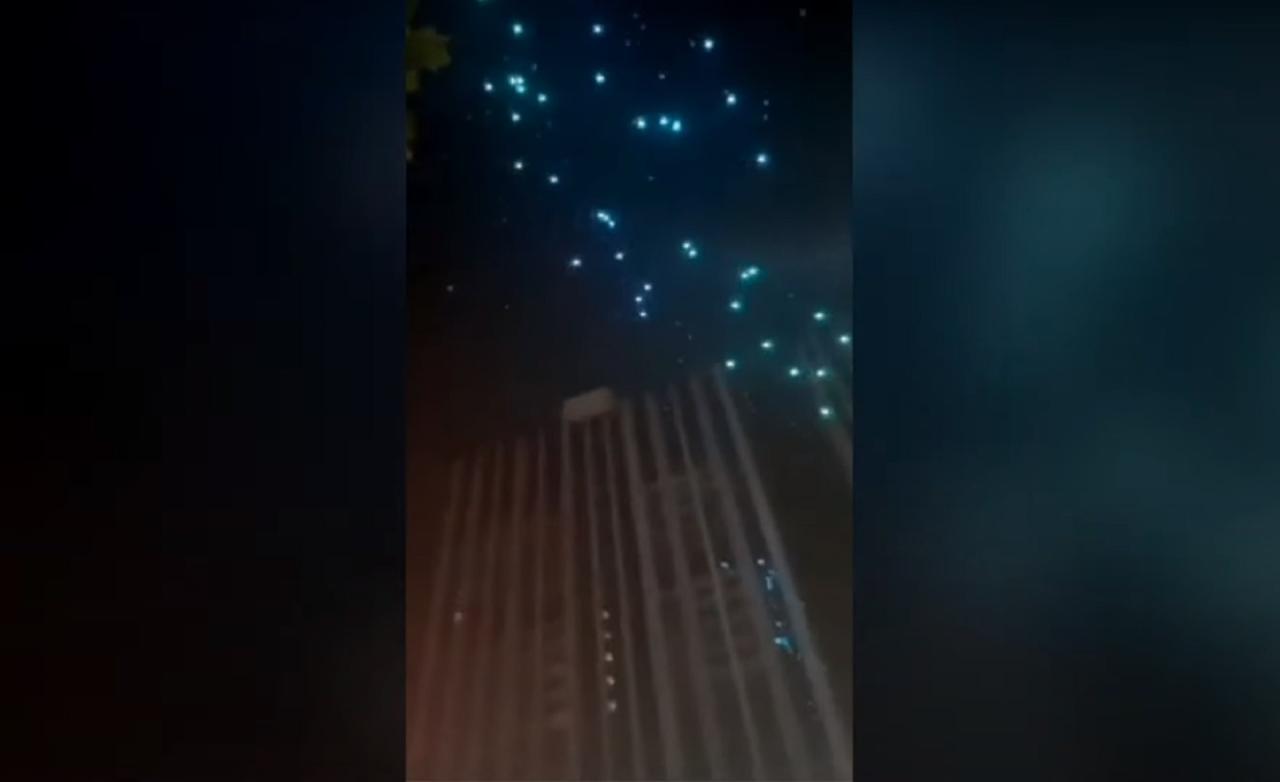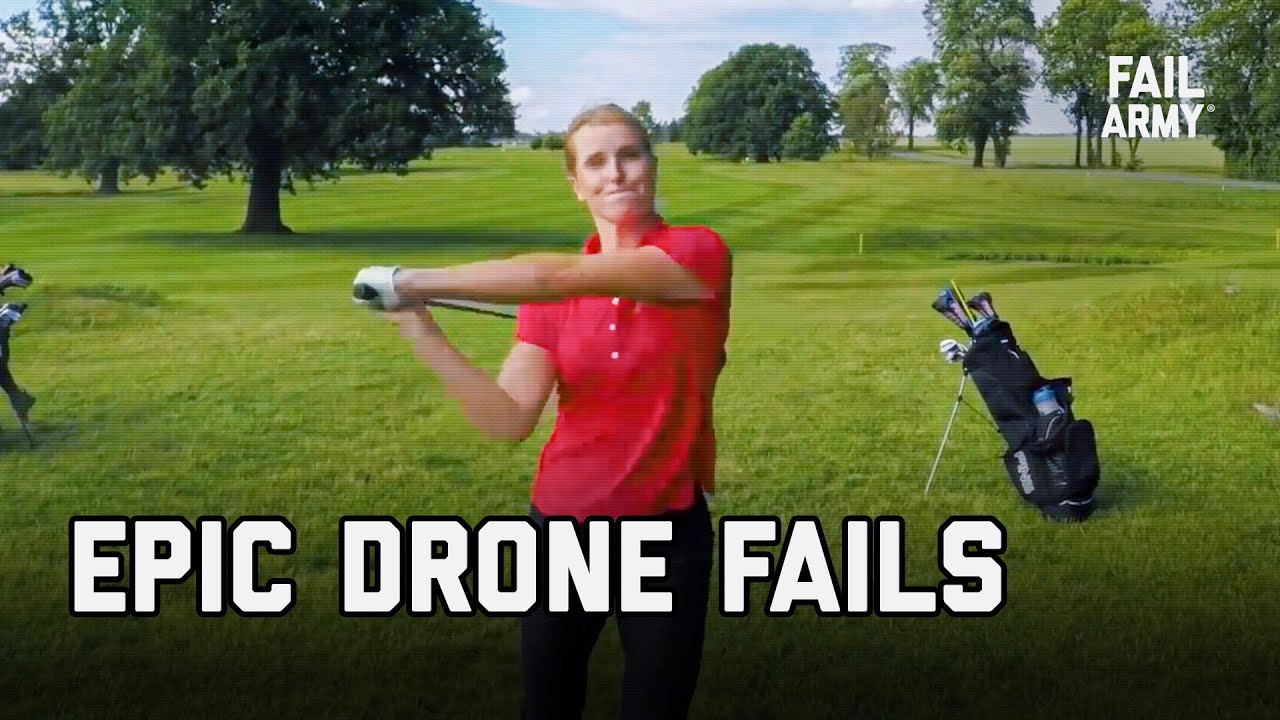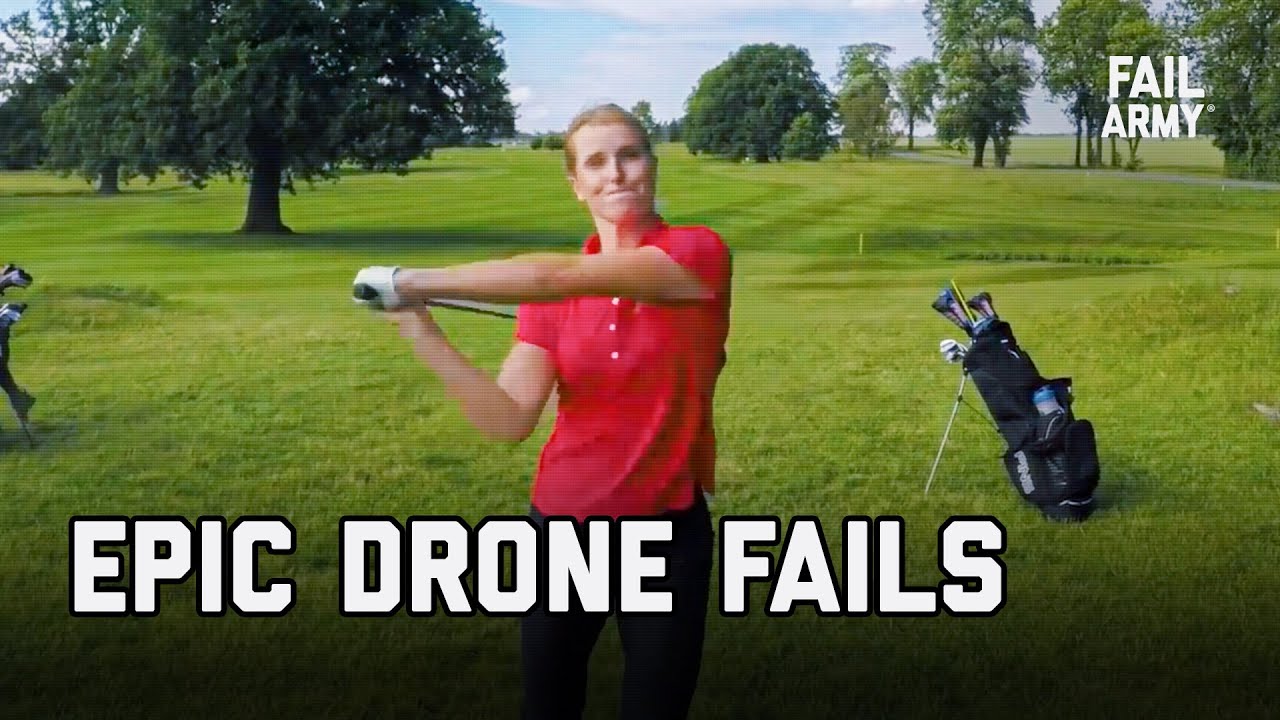Drone show crash: These spectacular displays of light and technology can turn tragic in an instant. From mid-air collisions to complete system failures, the potential for disaster is real. This exploration dives into the common causes of drone show malfunctions, examining everything from pilot error and technological glitches to environmental factors and regulatory shortcomings. We’ll cover safety protocols, post-crash procedures, and the future of drone show safety, aiming to provide a comprehensive understanding of this emerging field.
Understanding the risks involved is crucial for ensuring the safe and successful execution of future drone shows. We’ll look at real-world examples, analyze contributing factors, and explore how advancements in technology and regulation can mitigate the risks associated with these increasingly popular events. Let’s delve into the intricacies of drone show safety.
Types of Drone Show Crashes

Drone show crashes, while relatively rare compared to the number of successful performances, can have significant consequences, ranging from minor damage to substantial financial losses and even potential injuries. Understanding the various types of crashes and their causes is crucial for improving safety protocols.
So, that drone show crash got everyone talking about safety protocols, right? It makes you wonder about the logistics of larger-scale drone operations, like those used for package delivery. Check out this list of amazon drone delivery locations to see how widespread their network is. Thinking about those potential risks, it highlights just how important reliable technology and stringent safety measures are for any kind of drone operation, especially after seeing that spectacular crash.
Common Causes of Drone Show Malfunctions
Several factors can contribute to drone malfunctions during a show, ultimately leading to crashes. These include software glitches causing unexpected maneuvers, hardware failures like motor malfunctions or battery issues, GPS signal loss resulting in disorientation and uncontrolled flight, and mid-air collisions between drones within the swarm. Pilot error, such as improper pre-flight checks or inadequate response to unexpected situations, also plays a significant role.
External interference, such as electromagnetic interference from other devices, can disrupt drone systems and cause unpredictable behavior.
Types of Drone Show Crashes
Drone show crashes manifest in various ways, each with its own set of contributing factors. Mid-air collisions, a common occurrence, result from drones getting too close during complex formations. System failures, encompassing mechanical, electrical, or software issues, can lead to sudden loss of control. Loss of signal, often due to distance or interference, renders the drone uncontrollable. Other crashes may result from collisions with obstacles, such as buildings or trees, or from severe weather conditions.
Examples of Drone Show Crash Scenarios
| Crash Type | Cause | Location | Result |
|---|---|---|---|
| Mid-air Collision | Software glitch causing erratic flight paths | Dubai, UAE | Minor damage to two drones, show briefly interrupted |
| System Failure | Motor failure due to overheating | Las Vegas, USA | One drone crashed, show continued with reduced number of drones |
| Loss of Signal | Interference from nearby radio towers | London, UK | Several drones lost control, show cancelled |
| Collision with Obstacle | Unexpected strong gust of wind | Sydney, Australia | One drone crashed into a building, minor damage |
Safety Protocols and Regulations
Stringent safety regulations and best practices are paramount for preventing drone show crashes. Adherence to these guidelines significantly reduces the risk of incidents.
Best Practices for Drone Show Operations
- Pilot Training and Certification: Pilots must undergo rigorous training and obtain appropriate certifications to demonstrate proficiency in operating drones safely and effectively in complex environments.
- Pre-flight Checks: Thorough pre-flight checks of all drones, including battery levels, motor functionality, and GPS signal strength, are essential to identify potential problems before the show begins.
- Contingency Plans: Operators must develop comprehensive contingency plans to address various scenarios, including loss of signal, system failures, and unexpected weather conditions.
- Redundancy Systems: Incorporating redundant systems, such as backup batteries and communication links, minimizes the impact of single-point failures.
- Weather Monitoring: Continuous monitoring of weather conditions is critical, with the ability to postpone or cancel the show if conditions become unsafe.
- Risk Assessment: A detailed risk assessment should be conducted before each show, identifying and mitigating potential hazards.
Technological Factors Contributing to Crashes
Technological limitations and vulnerabilities in drone systems contribute significantly to the risk of crashes.
Drone Technology Comparison

| Drone Technology | Strengths | Weaknesses | Crash Risk |
|---|---|---|---|
| GPS-based Navigation | Relatively accurate positioning | Susceptible to GPS interference and signal loss | Moderate |
| Vision-based Navigation | Less reliant on GPS | Can be affected by poor lighting conditions | Low to Moderate |
| RTK GPS | High precision positioning | More expensive, requires base station | Low |
Environmental Factors and Their Influence
Environmental factors significantly impact drone show safety.
Drone show crashes are unfortunately becoming more common, highlighting the need for better safety protocols. A recent example that really drove this point home was the orlando drone show accident , which underscored the potential for serious consequences when things go wrong. Understanding these incidents helps us improve drone show safety and prevent future crashes.
Environmental Factors Affecting Drone Shows

- Weather Conditions: Strong winds, rain, and fog can severely affect drone stability and control, increasing the risk of crashes.
- Environmental Obstacles: Buildings, trees, and power lines pose significant collision risks, especially in densely populated areas.
- Electromagnetic Interference: Interference from radio waves, Wi-Fi signals, and other electronic devices can disrupt drone communication and navigation.
Post-Crash Procedures and Investigations
Following a drone show crash, a thorough investigation is crucial to determine the cause and prevent future incidents.
Drone show crashes are unfortunately becoming more common, highlighting the complexities of coordinating large-scale aerial displays. A recent example that illustrates the potential for things to go wrong is the orlando drone show malfunction , which involved a significant number of drones. Understanding these incidents helps improve safety protocols and prevent future drone show crashes.
Post-Crash Investigation Steps
| Step | Description |
|---|---|
| Secure the Crash Site | Isolate the area to prevent further damage or loss of evidence. |
| Data Recovery | Retrieve flight logs, sensor data, and other relevant information from the crashed drone. |
| Evidence Collection | Gather all physical evidence, including drone wreckage, surrounding debris, and witness statements. |
| Analysis | Analyze the collected data and evidence to determine the root cause of the crash. |
| Report Generation | Prepare a comprehensive report detailing the findings of the investigation. |
Drone Show Insurance and Liability
Comprehensive insurance is essential for drone show operators to mitigate financial risks associated with crashes.
Types of Drone Show Insurance

- Liability Insurance: Covers third-party damages and injuries resulting from a drone crash.
- Hull Insurance: Covers damage to the drones themselves.
- Public Liability Insurance: Protects against claims arising from public injury or property damage.
Illustrative Example: A Detailed Crash Scenario
A drone show was taking place over a city park. Thirty drones, each equipped with GPS and vision-based navigation, were programmed to perform a complex, synchronized light show. During a particularly intricate formation, a sudden, unexpected gust of wind caused several drones to veer off course. One drone, unable to maintain its programmed trajectory, collided with another, causing both to fall from the sky.
The impact caused significant damage to the drones, scattering debris across the park. The remaining drones, detecting the loss of their companions, automatically initiated a safe landing protocol, ending the show prematurely. The strong wind also contributed to the disruption of the GPS signal to some of the drones, compounding the issue.
Future Developments in Drone Show Safety
Advancements in technology and regulations promise to enhance drone show safety in the future.
Future Safety Innovations
- AI-powered Collision Avoidance Systems: Artificial intelligence and machine learning can enhance collision avoidance capabilities, predicting and preventing mid-air collisions.
- Improved Redundancy and Fail-Safe Mechanisms: More robust systems will ensure continued operation even if individual components fail.
- Advanced Communication Protocols: More reliable and secure communication systems will reduce signal loss and interference issues.
- Enhanced Weather Forecasting and Integration: Better weather prediction and integration with drone systems will allow for proactive responses to changing conditions.
Final Conclusion
Drone show crashes, while relatively rare given the increasing frequency of these events, highlight the critical need for robust safety protocols, advanced technology, and responsible operation. By understanding the causes of these incidents, implementing effective safety measures, and continually advancing drone technology, we can minimize the risks and ensure the continued enjoyment of these breathtaking spectacles. The future of drone shows lies in proactive safety measures and a commitment to preventing future tragedies.
Popular Questions
What is the most common cause of drone show crashes?
Pilot error, including inadequate training and poor decision-making, is frequently cited as a major contributing factor.
What type of insurance is best for drone show operators?
Comprehensive liability insurance covering property damage, injury, and potential lawsuits is essential.
How are drone show crash sites investigated?
Investigations typically involve securing the area, collecting data from the drones, interviewing witnesses, and analyzing flight logs to determine the cause.
What role does weather play in drone show crashes?
Adverse weather conditions, such as strong winds or heavy rain, can significantly impact drone stability and increase the risk of crashes.
Are there any international standards for drone show safety?
While not fully standardized internationally, many countries and regions are developing their own regulations and best practices for drone shows.
